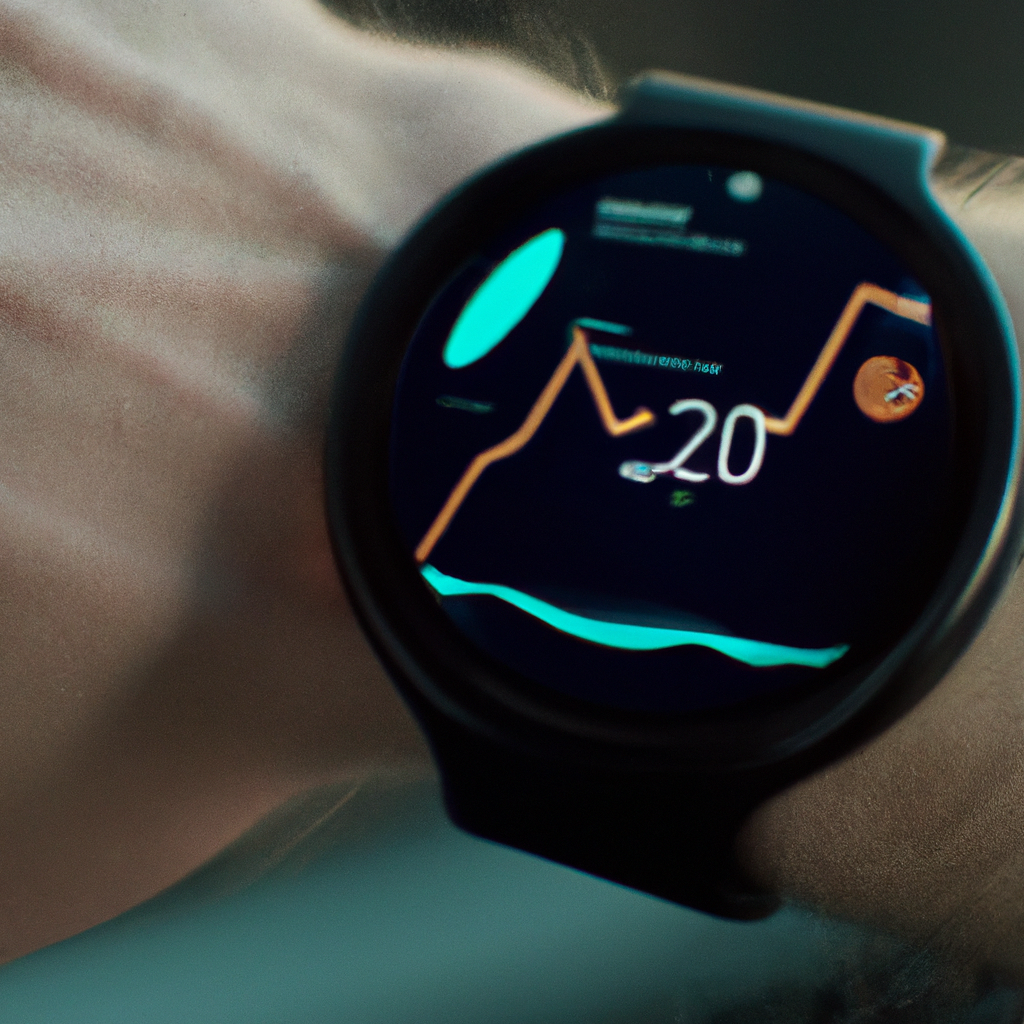Smartwatches have become increasingly popular in recent years, and one of their most significant features is the ability to monitor heart rate. But how does a smartwatch monitor heart rate? In this article, we will explore the different technologies behind heart rate monitoring in smartwatches, and how they work.
Heart Rate Monitors in Smartwatches
Most modern smartwatches come equipped with heart rate monitors that use optical sensors to detect the wearer’s heart rate. These sensors work by shining a light onto the skin and measuring the amount of light that is reflected back. This is known as photoplethysmography (PPG), and it works by detecting changes in blood volume in the capillaries beneath the skin.
How Optical Heart Rate Monitors Work
Optical heart rate monitors use a green LED light and a photodiode sensor to measure the amount of light that is reflected back from the skin. When blood flows through the capillaries beneath the skin, it absorbs light, causing the amount of reflected light to decrease. This decrease in reflected light is then measured by the photodiode sensor, and the heart rate is calculated based on the changes in light absorption over time.
Advantages of Optical Heart Rate Monitors
There are several advantages to using optical heart rate monitors in smartwatches. Firstly, they are non-invasive, which means they do not require any special equipment or sensors to be attached to the body. This makes them more comfortable and convenient to use than other heart rate monitoring methods.
Secondly, optical heart rate monitors are highly accurate, with some studies suggesting that they are as accurate as traditional chest strap heart rate monitors. This is because they can measure heart rate continuously throughout the day, giving a more complete picture of the wearer’s heart rate variability.
Limitations of Optical Heart Rate Monitors
While optical heart rate monitors are highly accurate, they do have some limitations. For example, they can be affected by ambient light, which can interfere with the accuracy of the sensor. Additionally, they may not be as accurate during high-intensity exercise, as the movement of the wrist can cause the sensor to lose contact with the skin.
Other Heart Rate Monitoring Methods
While optical heart rate monitors are the most common method of heart rate monitoring in smartwatches, there are other methods that are used as well. These include:
- Electrocardiography (ECG) – This method measures the electrical activity of the heart and is often used in medical settings to diagnose heart conditions.
- Ballistocardiography (BCG) – This method measures the mechanical movement of the body caused by the heartbeat.
- Piezoelectric sensors – These sensors measure the mechanical deformation of the skin caused by the heartbeat.
Conclusion
In conclusion, heart rate monitoring in smartwatches is a valuable feature that can provide users with valuable insights into their health and fitness. Optical heart rate monitors are the most common method of heart rate monitoring in smartwatches, and they work by using PPG to detect changes in blood volume in the capillaries beneath the skin. While they are highly accurate, they do have some limitations, such as being affected by ambient light and not being as accurate during high-intensity exercise. Overall, heart rate monitoring in smartwatches is a testament to the power of wearable technology and its ability to improve our health and well-being.







